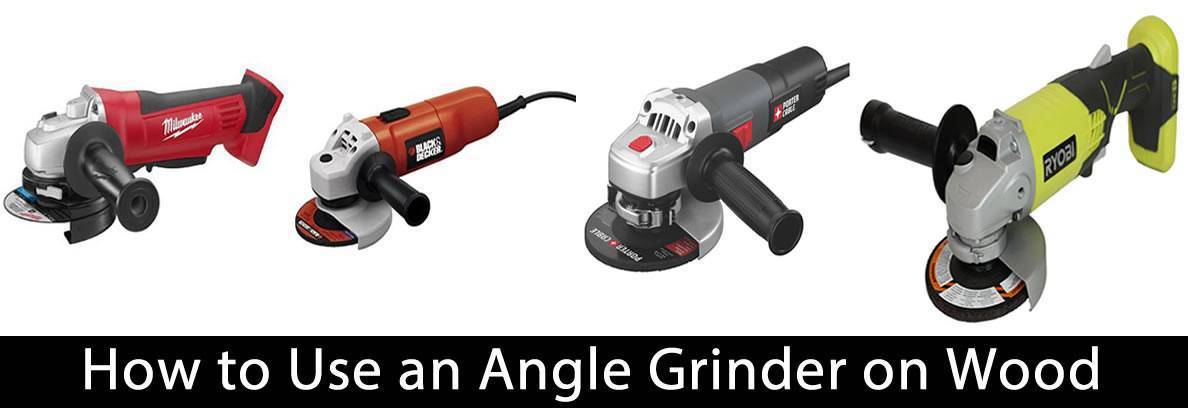Angle grinders are popular for metal applications but do you know they deliver excellent results on wood?
If you are a carpenter, woodworker or want to handle wood projects occasionally then investing in an angle grinder will be a good choice.
Table of Contents
Why use an angle grinder on wood?
Grinders are great tools for carving, shaping and even sanding wood. Various mechanisms can be used for this task, but an angle grinder delivers outstanding results. To read angle grinders safety tips, visit here
Also, these tools can carve wood quicker than other methods. You can shape your wood and immediately sand out large gouges without fatigue.
However, you should be careful to avoid injuries since angle grinders remove much wood faster. You should wear eye protection, heavy-duty gloves, ear protection, and protective clothes.
Working on wood with an angle grinder
First, determine how much wood you need to remove. Next, consider the speed at which you want to remove the wood.
These two points will help you to get the best results when using an angle grinder. It will also help you to decide the best woodworking attachments for the project.
Keep in mind that some angle grinders can deliver up to 13000 rpm. With this speed, you only require the right attachments to get the work done.
When selecting an attachment, there are three options available:
- Carving wheels,
- Abrasive flap discs
- Abrasive carving discs.
Angle grinder attachments for woodworking
1. Abrasive flap discs
Abrasive flap discs small pieces of sandpaper fixed together and attached to an angle grinder. These discs meant for high-speed angle grinder developed in the 1970s and popularly used in the 1980s.
New types were developed to provide the much-needed diversity. The flap discs are very versatile on wood just like the flap discs meant for use on metallic objects.
The distinction is the abrasive material on the discs and stiffness of the supportive material.
You will use flap discs with your angle grinder the same way you would use sandpaper. You can start with a heavy grit to eliminate deep gouges or scratches.
2. Abrasive carving disks
Abrasive carving disks are ideal for shaping wood. You can use these discs for any artistic woodwork including bowls, bears, and log furniture.
Once you attach an abrasive carving disk to your angle grinder, you will get the work done fast. These carving discs integrate carbide teeth that function with or against the grains on various woods.
The conical teeth offer complete surface removal on wood & are simple to control with all types of angle grinders.
3. Carving wheels
Carving wheels are special tools designed for working on wood & non-ferrous materials. These wheels are relatively heavily toothed making them similar to a chainsaw.
The notable aspect about carving wheels is their aggressiveness and power to pierce through the hardest wood and soft nonferrous materials.
Common Uses for you angle grinder on wood:
- Shaping and sanding: Used to shape and smooth rough edges and surfaces of wooden materials, as well as sand down rough spots and remove rough saw marks.
- Cutting: Used to make precise cuts in wooden materials such as lumber, decks, and plywood.
- Removing paint/stains: Equipped with wire brushes or sanding discs, an angle grinder can be used to remove paint, stains, and finishes from wooden surfaces.
- Carving: Can be used to create intricate designs and shapes in wood by using carving or sanding discs.
- Beveling edges: Can be used to create a clean beveled edge on wooden materials.
- Grooving: Can be used to create grooves or channels in wooden materials for joints or decorative effects.
Next time you have a big project around the garage, don’t count out your angle grinder as a useful tool for many applications other than cutting metal.
If your new to using an angle grinder, check out this supporting article: How To Use An Angle Grinder
